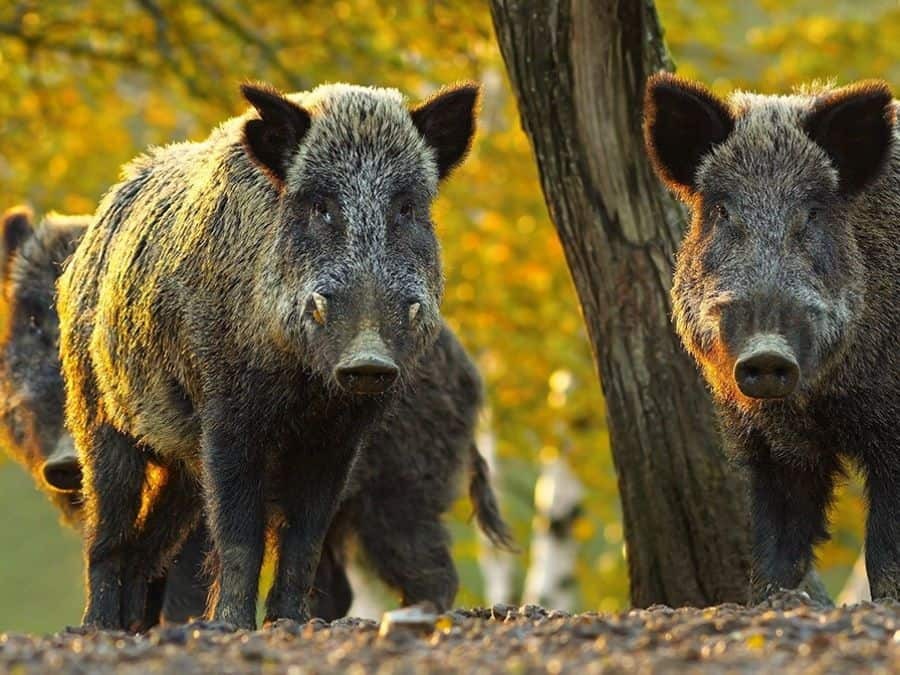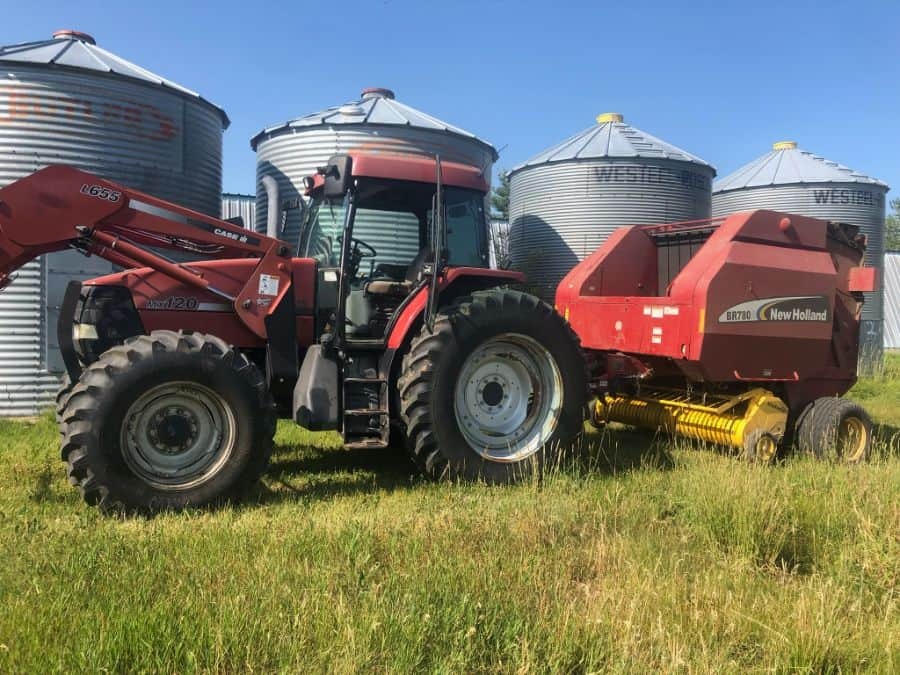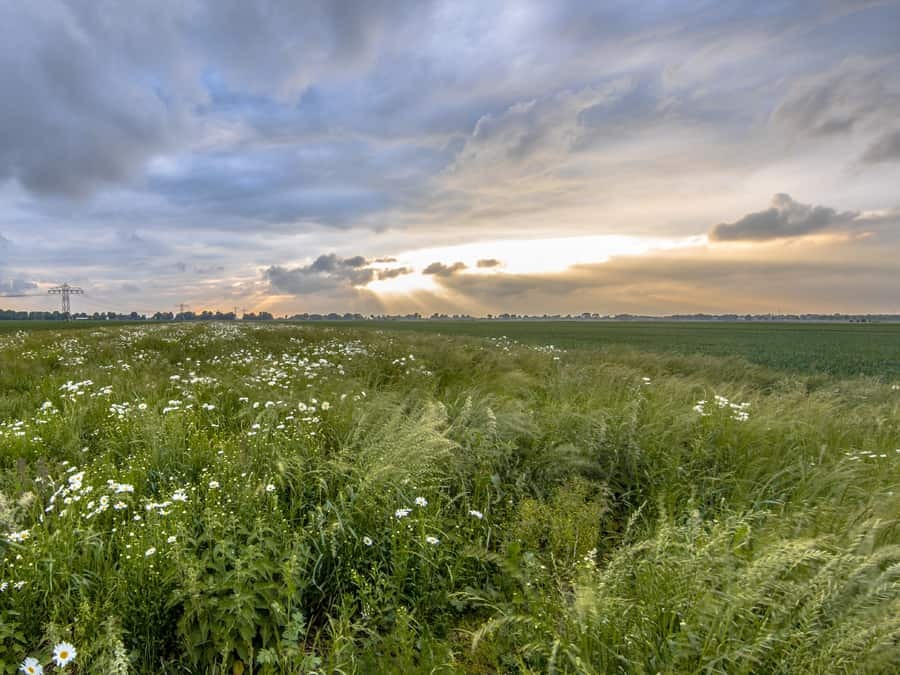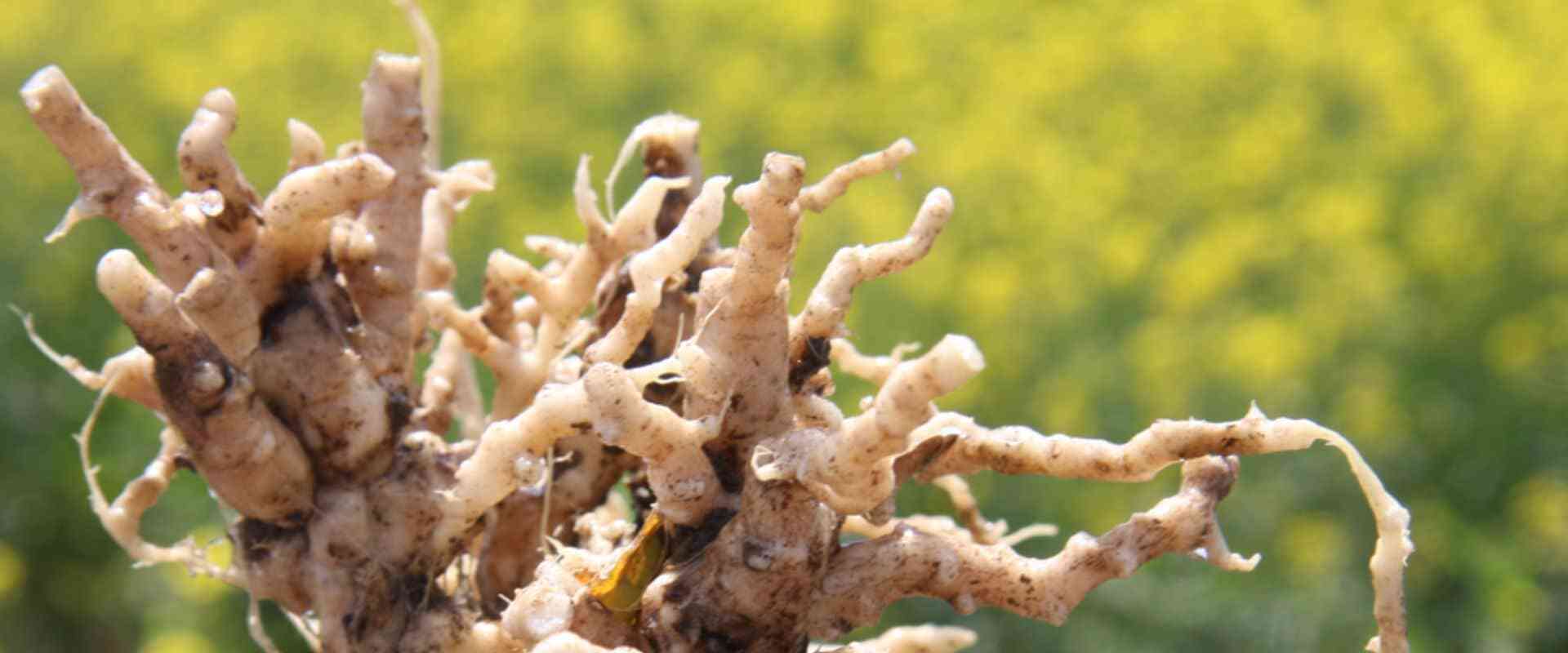
Disease & Pest Control
Prevention, monitoring and control
Working with producers on active pest management strategies to protect our ag sector.
The Agricultural Services team provides information, resources for management of management of crop diseases, insects and invasive plants listed under the Agricultural Pests Act. Producers should couple these resources with good prevention management to reduce the potential for problems both now and in the future.
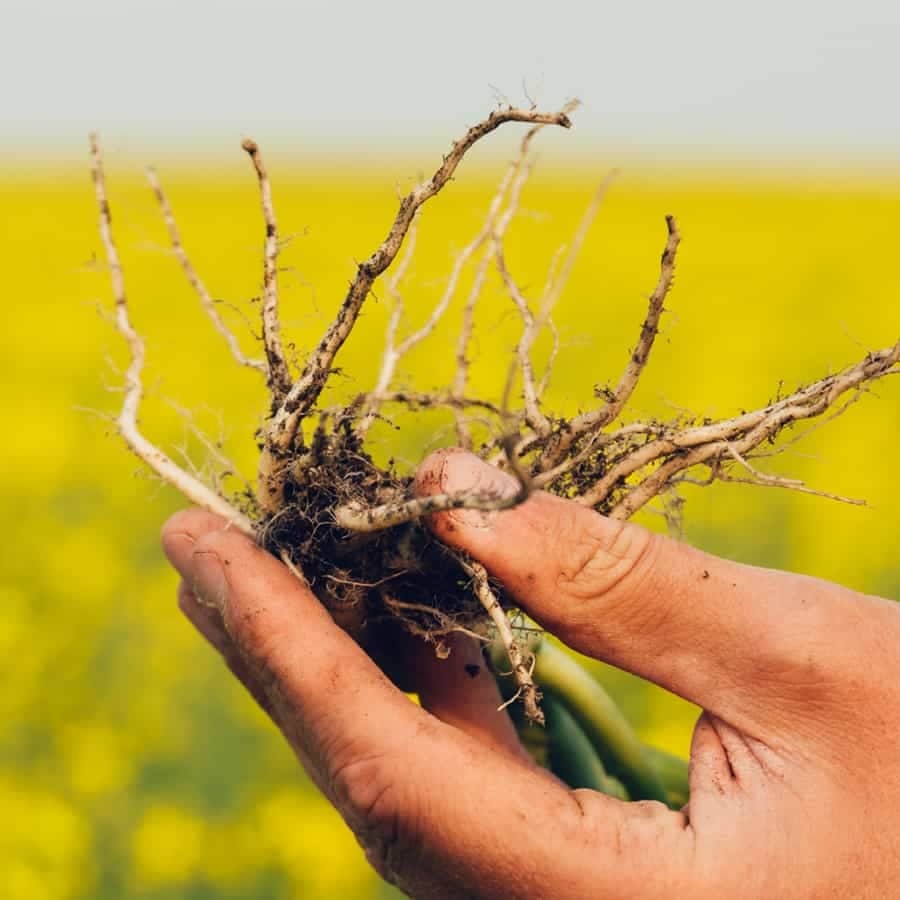
Annual Clubroot Inspection & Mapping
The County works with area producers to prevent the spread of clubroot and minimize yield losses due to this regulated crop disease.
Each year, the Agricultural Services team inspects canola fields within the County for visible symptoms of clubroot on canola plants, per Policy 02-010-03 – Control of Clubroot Disease.
Clubroot Mapping Results
Any producer with a clubroot-confirmed field is contacted post-inspection — either by the County or the respective property owner. If you wish to confirm whether your field has been found positive, please contact the Agricultural Services team.
Other Crop/Horticultural Pests & Diseases
Black Knot
Black knot (Dibotryon morbosum) is a prevalent disease in the Canadian prairies, naturally occurring and predominantly affecting trees and shrubs within the Cherry genus. Various species, including ornamental and edible cherries (such as Maydays, Schubert chokecherry, chokecherry, Nanking cherry, pin cherry, sand cherry, sour cherry, etc.), saskatoons, and plums are susceptible to this disease.
The most distinguishing symptom of Black Knot is the characteristic black, tar-like swellings that develop on branches of the infected plant.
Dutch Elm Disease
Dutch elm disease (DED) is a costly, deadly disease that affects all species of elm trees in Alberta. It is caused by a fungus that clogs the elm tree's water conducting system, causing the tree to die. The fungus is primarily spread from one elm tree to another by 3 beetle species. The beetles are attracted to weak and dying trees, which serve as breeding sites.
Once the beetles have pupated and turned into adults, they fly to healthy elms to feed, transporting the fungus on their bodies from one tree to the next.
Related Services and Resources
Was this information helpful?
to Top

